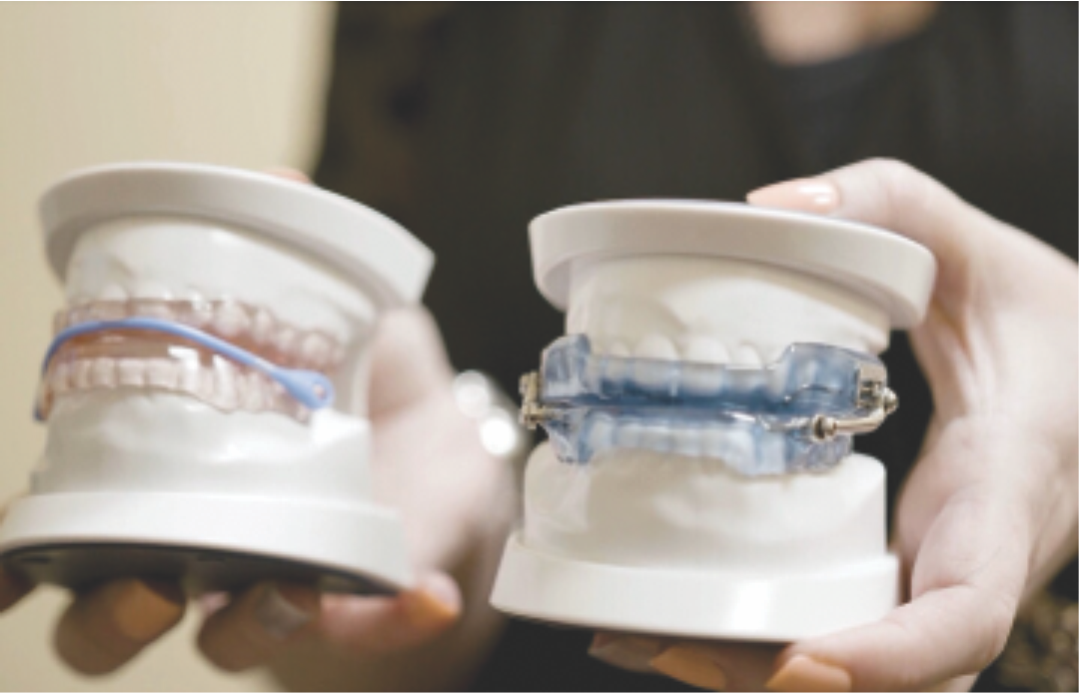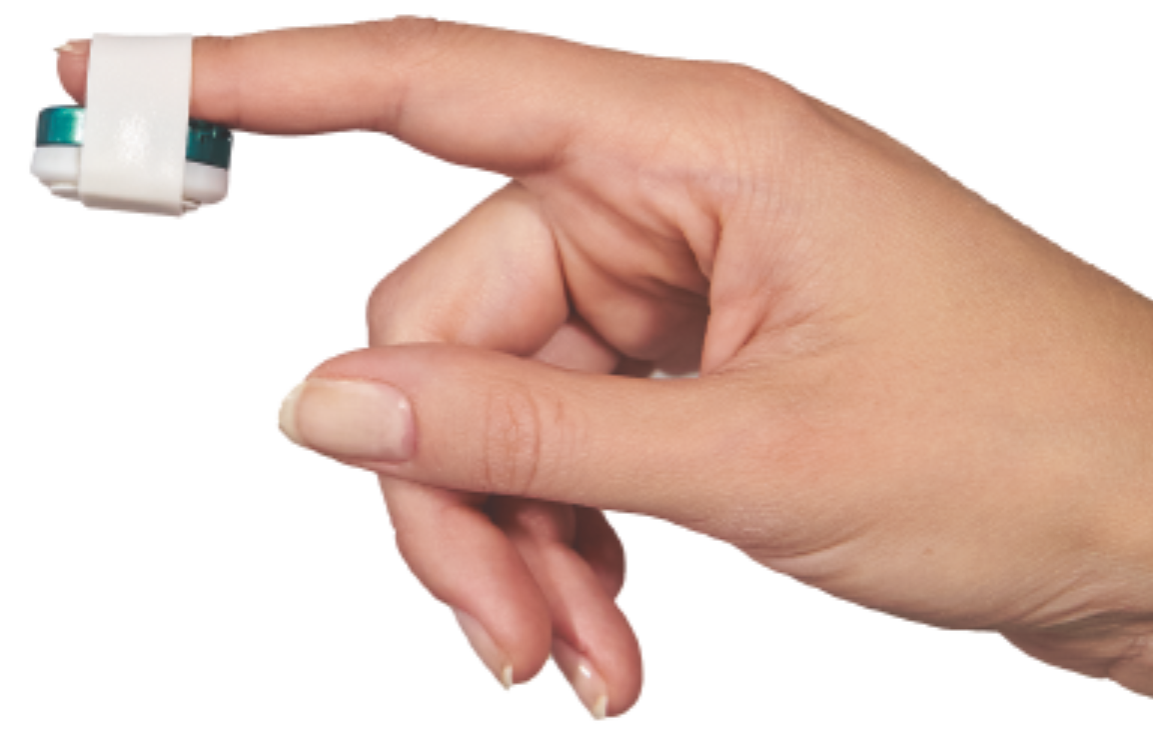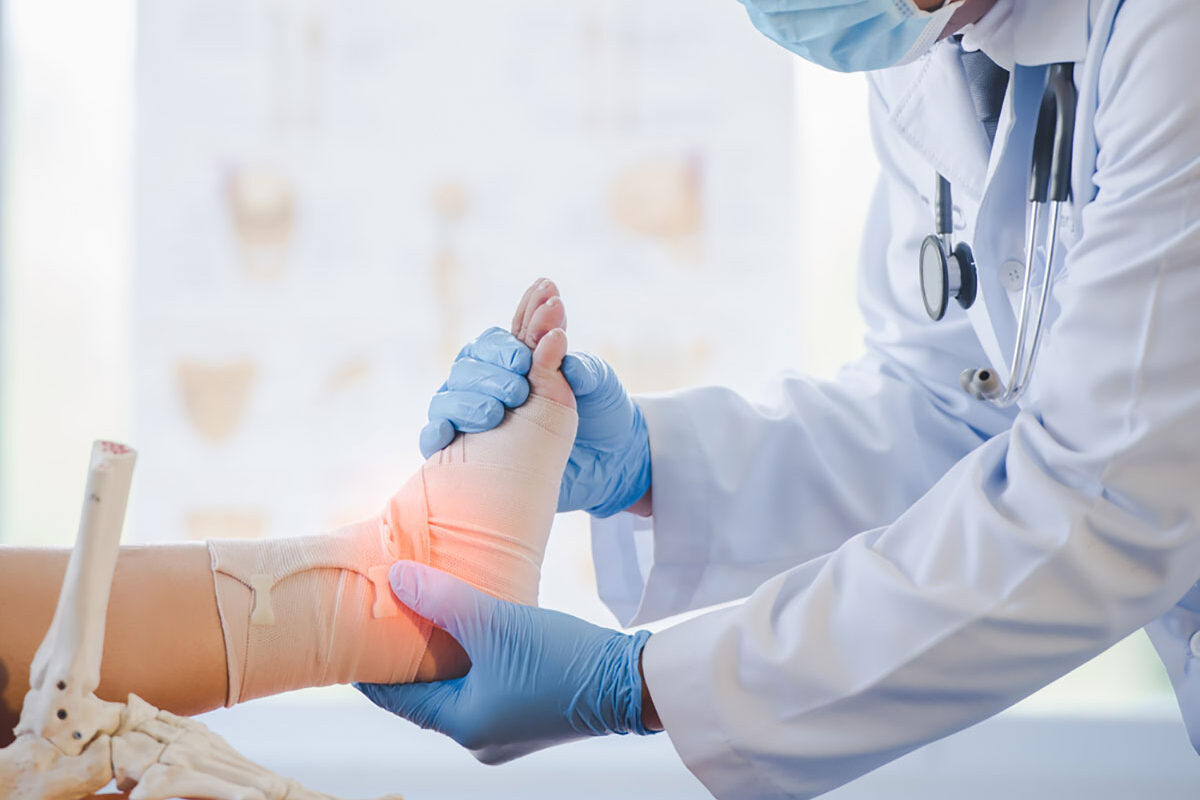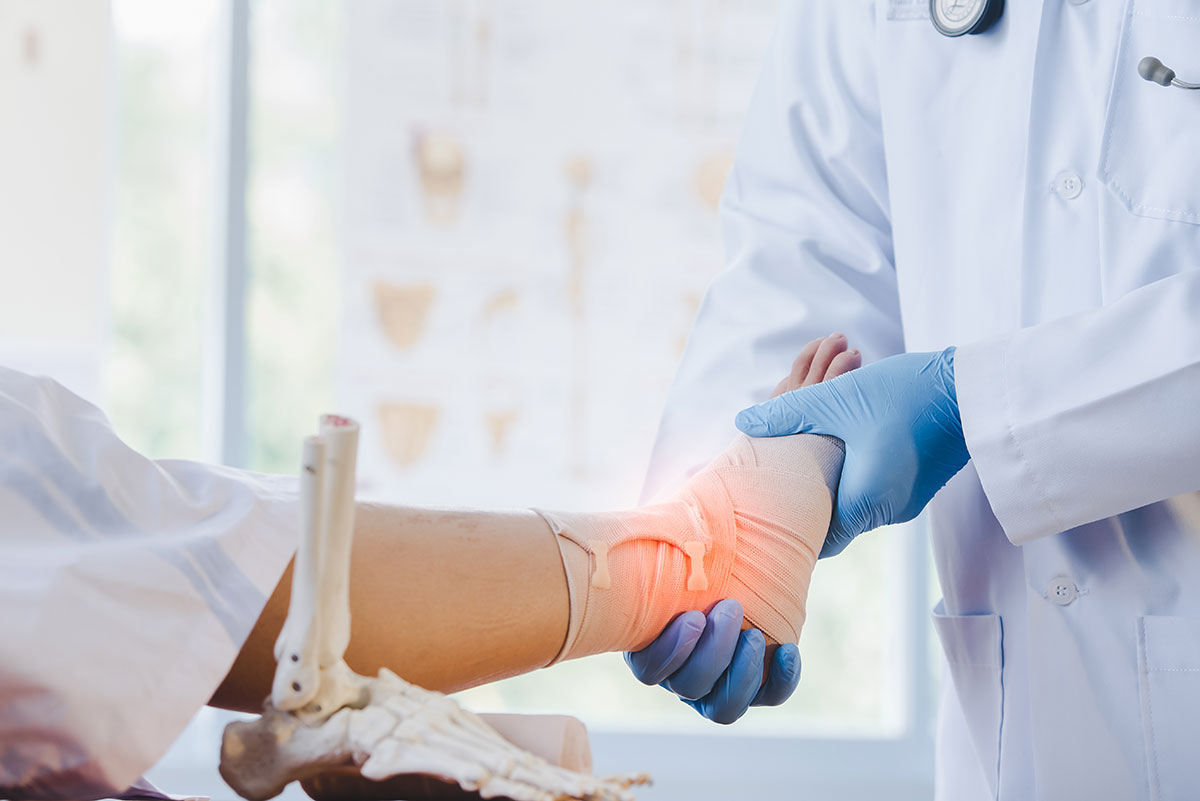The Benefits of Aesthetic Injections
Minimally invasive cosmetic injections, including fillers, are popular and effective treatments for reducing the appearance of wrinkles and fine lines. By relaxing the facial muscles and adding volume to specific areas, these treatments can provide a smoother, more youthful appearance. Many individuals turn to these treatments to enhance their aesthetic appeal and boost their confidence.
Cosmetic injections work by temporarily blocking nerve signals to the muscles, preventing them from contracting, while fillers add volume to areas that have lost fullness. This process softens and relaxes the appearance of lines and wrinkles, particularly those caused by repeated facial expressions. The result is a refreshed and rejuvenated look that can last for several months.
At Wellness and Pain, we offer expert cosmetic injections and fillers tailored to meet the unique needs of each patient. Our experienced practitioners use advanced techniques to ensure natural-looking results that enhance your beauty and boost your self-esteem.
How Cosmetic Injections and Fillers Work
Cosmetic injections involve the use of purified substances to relax specific facial muscles temporarily. When injected into particular areas, these treatments reduce the appearance of dynamic wrinkles. Common areas treated include the forehead, crow’s feet around the eyes, and frown lines between the eyebrows.
Procedure and Expectations
The procedure for cosmetic injections and fillers is quick and minimally invasive, typically taking about 15-30 minutes. Most patients experience only mild discomfort during the injections, which is often described as a slight pinching sensation. Anesthesia is usually not required, but a topical numbing cream can be applied if desired.
Results from these injections and fillers are usually visible within a few days, with the full effect developing over one to two weeks. The effects typically last three to six months, after which follow-up treatments can help maintain the results. At Wellness and Pain, we provide comprehensive care and follow-up to ensure the best possible outcomes for our patients.

Areas Treated with Cosmetic Injections and Fillers
Forehead Lines
Cosmetic injections and fillers are highly effective in treating horizontal forehead lines that develop from raising the eyebrows. These lines can make the face look older and more tired, but these treatments can smooth them out, creating a more youthful and relaxed appearance.
Crow’s Feet
Crow’s feet, or the fine lines that appear around the corners of the eyes, are a common concern for many individuals. Cosmetic injections and fillers can reduce the appearance of these lines, resulting in a more refreshed and alert look.
Frown Lines
Frown lines, or the vertical lines that form between the eyebrows, can give the face a stern or stressed expression. Cosmetic injections can effectively soften these lines, creating a more approachable and pleasant appearance.
At Wellness and Pain, we customize each treatment to target the specific areas of concern for our patients, ensuring natural and aesthetically pleasing results.
Benefits of Cosmetic Injections and Fillers for Aesthetics
Non-Surgical Solution
One of the primary benefits of cosmetic injections and fillers is that they offer a non-surgical solution for reducing the appearance of wrinkles and fine lines. This minimally invasive procedure requires no downtime, allowing patients to return to their daily activities immediately after treatment.
- Quick and minimally invasive procedure
- No downtime required
- Effective results with minimal discomfort
Long-Lasting Results
Cosmetic injections and fillers provide long-lasting results that can enhance your appearance for several months. Regular follow-up treatments can help maintain these results, allowing you to enjoy a youthful and refreshed look over the long term.
With consistent treatments, patients often notice that their lines and wrinkles become less pronounced over time, as the treated muscles are trained to relax.
Boost in Confidence
Improving your appearance with cosmetic injections and fillers can also lead to a significant boost in confidence and self-esteem. Feeling good about your appearance can positively impact various aspects of your life, from personal relationships to professional interactions.
At Wellness and Pain, we strive to help our patients look and feel their best through expert treatments that enhance their natural beauty.
Preparing for Your Cosmetic Treatment
Consultation and Assessment
Before undergoing cosmetic injections and fillers, it is essential to have a thorough consultation with a qualified practitioner. During this consultation, your medical history, aesthetic goals, and areas of concern will be discussed to determine the most appropriate treatment plan for you.
Your practitioner will assess your facial muscles and skin condition to identify the optimal injection sites for achieving the best results. This personalized approach ensures that you receive a treatment plan tailored to your unique needs and desired outcomes.
- Discuss medical history and aesthetic goals
- Assess facial muscles and skin condition
- Develop a personalized treatment plan
At Wellness and Pain, our experienced team is dedicated to providing thorough consultations and expert care to help you achieve your aesthetic goals with cosmetic injections and fillers.
Choosing Wellness and Pain for Cosmetic Treatments
At Wellness and Pain, we are committed to providing the highest quality care for patients seeking aesthetic enhancements. Our team of experienced practitioners is dedicated to delivering personalized treatment plans tailored to the unique needs of each patient.
We utilize advanced techniques and state-of-the-art technology to ensure precise and effective cosmetic treatments. Our comprehensive approach ensures that patients receive the best possible care, resulting in natural-looking and aesthetically pleasing outcomes.
Our commitment to patient-centered care means that we prioritize your comfort and satisfaction throughout the entire treatment process. From the initial consultation to follow-up care, we strive to create a supportive and compassionate environment where you can feel confident in your aesthetic journey.
If you are considering cosmetic injections and fillers to enhance your appearance, Wellness and Pain is here to help. Contact us today to schedule your consultation and take the first step towards achieving a more youthful and refreshed look.



























